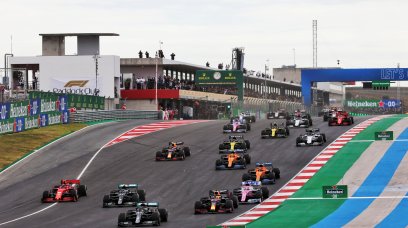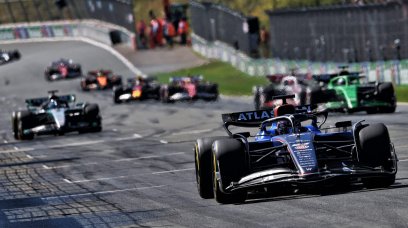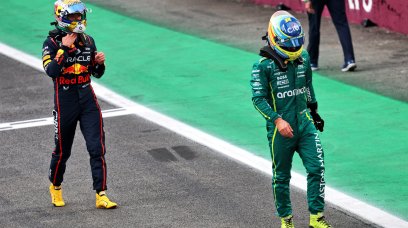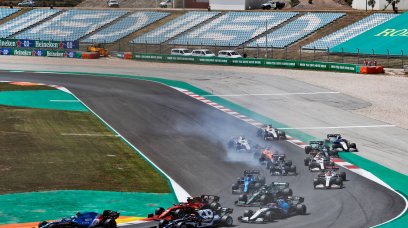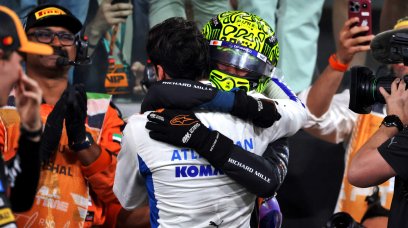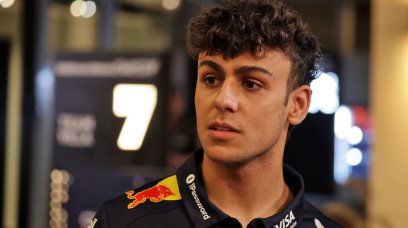The question of whether F1 could give up wind tunnels by 2030 will be one of the key talking points as it looks to fulfil its environmental obligations and cut down on costs for teams. The plan is to solely rely on Computational Fluid Dynamics (CFD) to design cars, with eight out of the 10 teams backing the principle. F1 teams have used a combination of the two to design cars in the last few years, but now there is a push to switch to CFD only to match the target of being carbon neutral in 2030. Both McLaren and Aston Martin have invested in new wind tunnel facilities which are set to impact their cars in the next couple of years . But Haas' Head of Aerodynamics, Arron Melvin, has explained exclusively to RacingNews365.com his concerns over whether ditching wind tunnels altogether would affect the DNA of the championship. "The regulations will have to change to allow us to be as thorough as we are now," said Melvin. "These cars are very refined, and we get a substantial lap time from this refinement. "There are fast race cars that have very little wind tunnel testing, but that's not F1 so we have to keep in mind what the series wants to be. But it is certainly possible to make a safe, fast car without a wind tunnel."
Melvin: It's good to make us push the limits of CFD capability
To run a wind tunnel throughout a year costs F1 teams more than £1 million in bills. If that figure is multiplied by 10, it is clear how it sticks out as a cost-cutting measure. This also extends to the personnel needed to run and maintain the wind tunnels, along with the costs of producing a scale model. But Melvin believes that it would not be "intelligent" to sacrifice wind tunnels to achieve cost effectiveness. He explained: "I don't believe it's intelligent, in terms of cost effectiveness. It's good to have regulation and encourage us to push the limit of CFD capability. "So I'd be very receptive to regulations that change the balance. But the industry is so good at wind tunnel testing, it's not something that we need to ban, you certainly can phase it down to a much lower investment level." One of the main arguments for getting rid of the wind tunnels outside of costs is the environmental impact it will have. F1 wants to achieve net carbon zero by 2030, and reducing wind tunnel usage could help achieve that target. But Melvin states that using decarbonised power could be a way forward to achieve the best of both worlds. He added: "The most effective discussions on environmental responsibility are those that are complete and inclusive, so we shouldn't just pick on the wind tunnel, we should talk about our all of our activity as an industry and our source of power. "It's quite achievable to have very decarbonised power and be sustainable." Aerodynamic research will always be at the heart of F1 car design, but the methods and tools that help teams achieve the best solutions could see a fundamental change in the future.
Most read
